Public art collections at Aalto University
The aim of public art across Aalto is to create a vibrant environment for experiencing the world through various perspectives and for embracing imagination, intuition, and exploration.
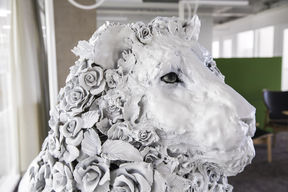
Aalto University is the first Finnish university to commit to the percent for art principle. The percent principle is a financing model for art acquisitions, in which about one percent of the budget for a construction project is spent on art. Aalto is a major supporter of the arts and an employer in the field of art.
The university commissioned a visitor survey related to the public art collections of the Väre and the School of Business buildings. This study was conducted for the first time in Aalto. Very little research has been done on public art visitor research and the experiences of the users of the facilities, both in Finland and internationally. The study was conducted by Aalto alumna and Master of Arts Anni Avela.
School of Arts, Design and Architecture; academic staffIf there is no art in the space, it is just space. Art makes it special.
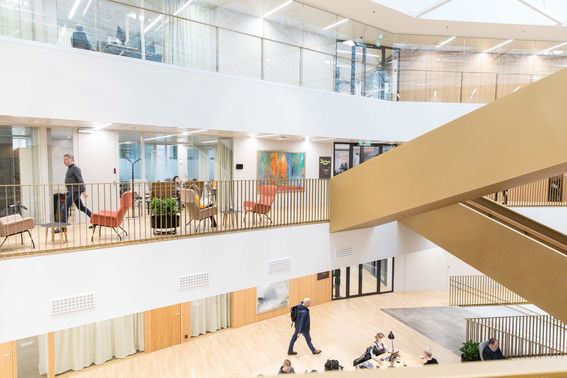
The study mapped the significance of the users of the facilities in the buildings in question for the public art of the university and the relationship between the users of the facilities and the art seen in the facilities.
Are all works of art in the public space experienced in the same way? And how does the surrounding space affect the experience of the work? How important was the art on the university premises and was it given any attention at all?
In what situations did art come across in the daily lives of the users of the facilities?
The research material was surprisingly extensive and varied. The material was collected in the form of a survey and research interviews utilising the sound thinking method. This was a qualitative study with 307 respondents and 11 respondents.
According to the study, public art at the university is perceived as relevant. 94 per cent of the respondents considered it very or fairly important that there is art on the university premises.
School of Business, other staff, on Tuomo Saali's 'On the Edge'I pay attention to this every day because when I walk past this, it always bumps into the wall a bit from that airflow.
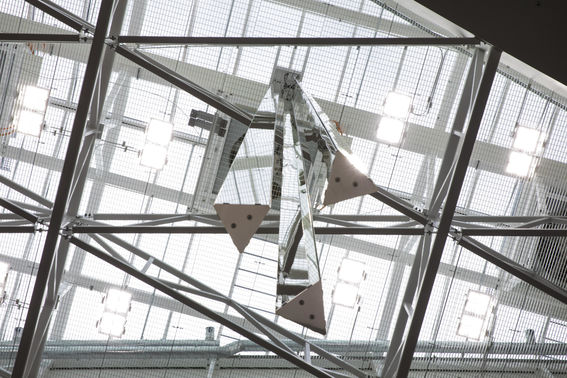
Only one percent of respondents felt that art was not important at all on university premises. The art collections in the buildings were perceived as very concrete in their significance, related to everyday activities, and partly as abstract, image-building.
Eighty-five percent of respondents said they pay attention to art to some or a lot while moving around the school premises. The work in the university's premises can at the same time serve as an aid to navigating the premises and as communicators of the university's values.
Art evoked a wide range of emotions in the respondents regarding the space and working there. Among other things, the works inspire, create comfort, remind of the values and ideologies of the university, bring perspective, elevate the mood and provide moments of breath in everyday life, and help to structure ideas. On the other hand, they are also distracting, distressing, restless, in the way and confusing.
Other staffI always get excited, when I pass the massive lion statue on Väre's third floor.
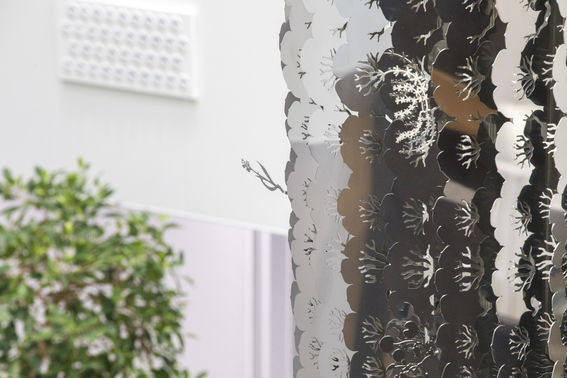
Different ways of approaching public art were seen in the responses of the study participants. Art was seen to have absolute value, spatial value and spiritual value.
Participants in the study felt that they had little knowledge of Aalto's public art, and they did not know much about the principles of the university's collection work. The most significant reasons for this were the perceived incomplete art information in the premises, as well as the respondents' uncertainty about where to find information related to art collections and whether it is available at all.
School of Arts, Design and Architeture student, on Lauterbach, KreutzstrasseOutside, on the west side of Väre, there's a metal rut on top of a railing. I don't like it. It looks like huge rubbish.
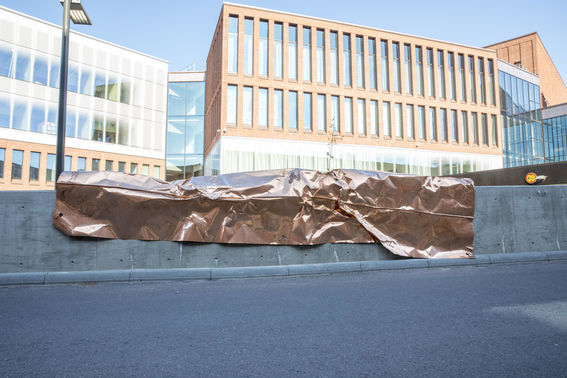
Respondents also had hopes for the collections. The three most desirable characteristics of the university’s public art were aesthetic pleasure, creating an atmosphere, and evoking thoughts. In addition, the respondents hoped that the works would be the work of Aalto's students, alumni, other artists and possibly also art enthusiasts.
At present, the works in Aalto's art collections are mainly made by Aalto's students, alumni and other artists.

The study also provided suggestions for further action. Signage were often perceived as incomplete or difficult to find, and some works were also perceived as spatially difficult to reach. As many as 83 percent of respondents said they wanted to know more about works as well as collections.
The aim is for all of the university's art collections to be communicated more widely through various channels. Where possible, both virtual and physical art tours will be held on campus.
School of Business studentIt is nice to marvel at art during study breaks, even if you don't understand anything about it.
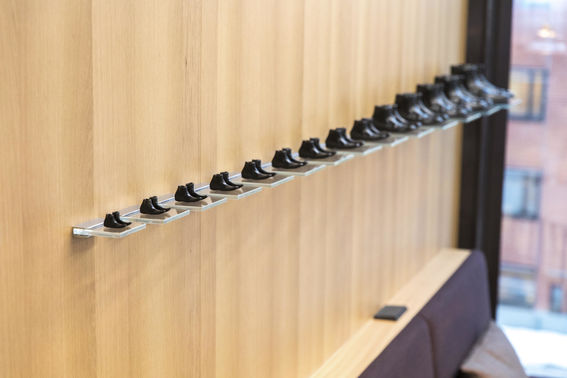
The art catalogs produced from the collections had remained inaccessible to the public, and most of the respondents had not seen or even heard of them. A catalog has been produced for each collection, and can be found in the lobby and break areas, among other places. In the future, art catalogs will be available in additional locations, while we seek better ways to bring the same information online visitors.
The suggestions derived from the visitor study will also be utilised in the procurement of future art collections. In January, Aalto announced a competition and an open competition open to all artists, with the aim of finding exceptional and feasible proposals for works of art located in different spaces in the Aalto University Works block.
A visitorThe collection brings fame to the school, the works tell about the cultural values of the school & the place. They also challenge thinking.
More information
Outi Turpeinen, Senior Specialist, Exhibitions and Art
outi.turpeinen@aalto.fi
Read more on public art on Aalto University's campus and premisesTwo art competitions for Aalto Works blockArt competition open to all artists
The visitor study report below in Finnish.
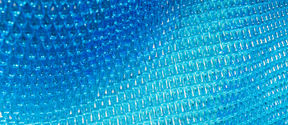
The aim of public art across Aalto is to create a vibrant environment for experiencing the world through various perspectives and for embracing imagination, intuition, and exploration.

Aalto University is the first university in Finland to commit to the principle of the art percent.

Artworks in Väre remind us of the power of art in its ability to explore and expose diverse sociocultural and natural phenomena.
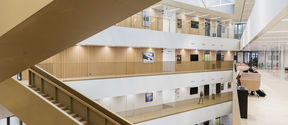
The theme of the art concept that the one per cent art principle was applied to is Human Approach.



